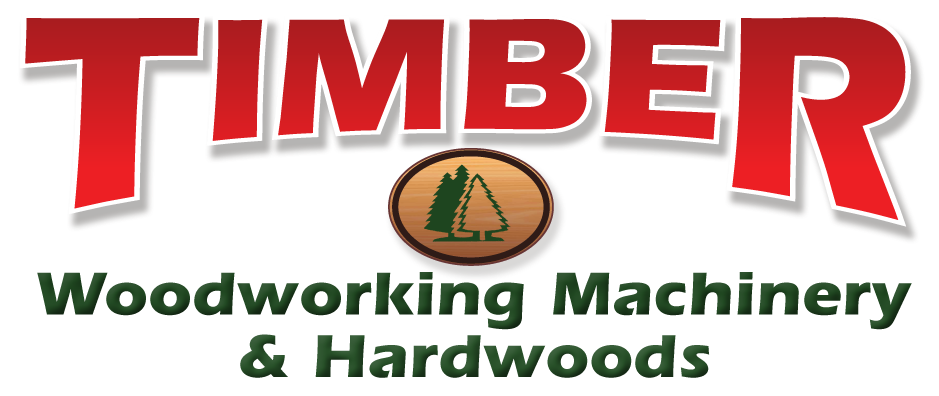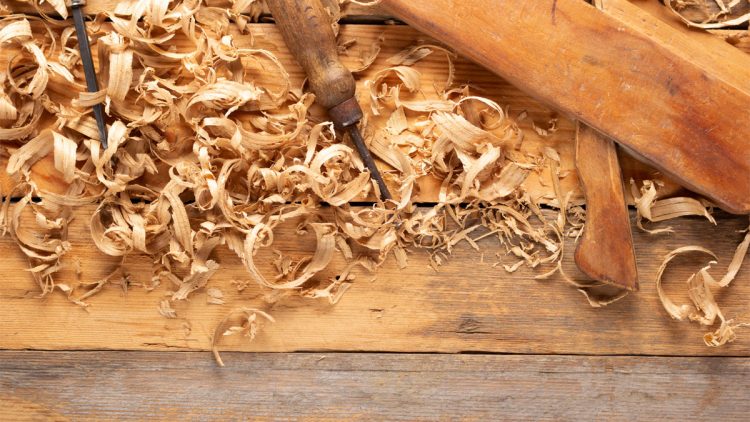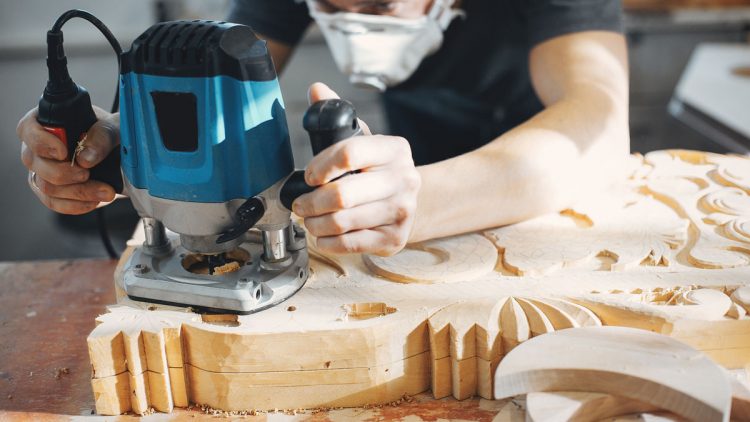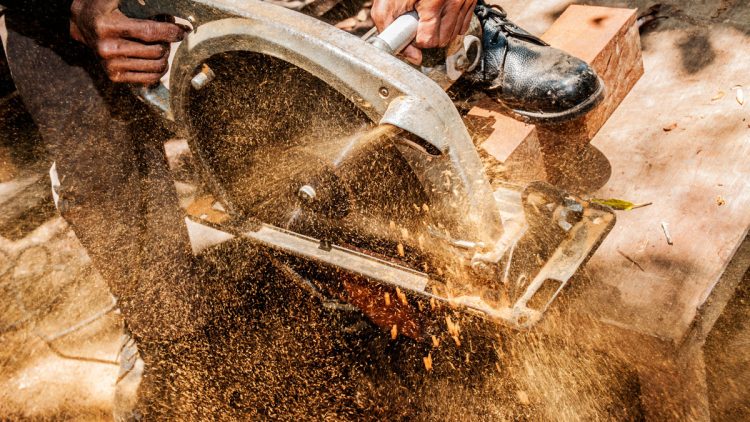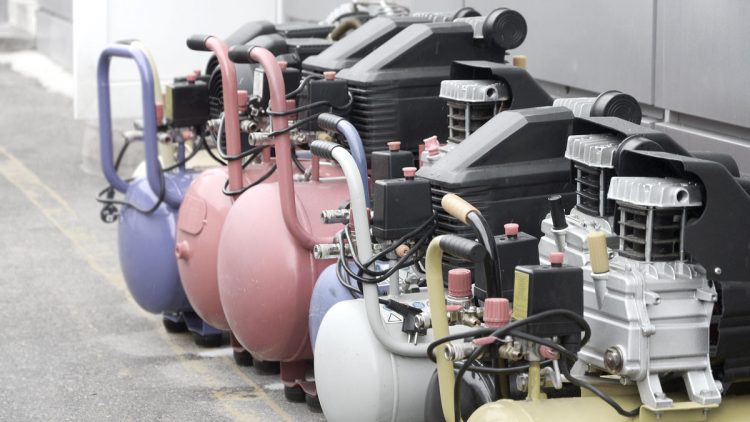Buying A Used Table Saw
Buying a Used Table Saw: What to Look For & Tips 🛠️🪵
A table saw is one of the most essential tools for woodworking, and buying a used one can save you a lot of money—but only if you get a good deal! Here’s a checklist to help you find the best used table saw and avoid costly mistakes.
1. Decide What Type of Table Saw You Need
🔹 Jobsite/Tabletop Saws → Portable, lightweight, for DIY & small jobs.
🔹 Contractor Saws → Heavier, better for serious woodworking & furniture making.
🔹 Cabinet Saws → Heavy-duty, precision cuts, great for professional shops.
🔹 Hybrid Saws → A mix of contractor & cabinet saws, good for advanced hobbyists.
👉 Pro Tip: If you need precision and power, go for a contractor or cabinet saw. If you need portability, a jobsite saw is best.
2. Inspect the Saw’s Condition
🔧 Essential Parts to Check:
✅ Tabletop & Fence → Should be flat, smooth, and free of deep rust or warping.
✅ Blade Arbor & Bearings → Spin the arbor; it should feel smooth with no wobble.
✅ Motor & Belts → Run the saw if possible. Listen for strange noises. Look for belt cracks.
✅ Rip Fence & Miter Gauge → Should slide easily and lock firmly.
✅ Blade & Inserts → Worn blades aren’t a dealbreaker, but good ones are a bonus.
✅ Gears & Adjustments → Tilt and height adjustments should move freely without stiffness.
3. Test the Saw (If Possible)
🔹 Run the saw to check:
✅ Smooth startup (no delay or struggle).
✅ Consistent blade speed (no excessive vibration).
✅ Fence alignment & cut accuracy.
✅ Noise level (loud grinding or knocking sounds = problems).
⚠️ Red Flags:
🚨 Blade wobbles while running.
🚨 Fence doesn’t lock squarely.
🚨 Burn marks on test cuts (could mean a dull blade or motor issues).
4. Check for Safety Features
✔️ Blade Guard & Riving Knife → Helps prevent kickback.
✔️ Anti-Kickback Pawls → Should be intact and functional.
✔️ Emergency Shutoff Switch → Should be easy to access.
👉 If safety features are missing, you may need to replace them, which can add cost.
5. Research the Brand & Model
🔎 Look up the saw’s brand, model, and reviews online.
🔎 Check if replacement parts are available.
🔎 Popular, reliable brands include:
- SawStop (best safety tech)
- Powermatic (high-end, durable)
- Delta (solid contractor saws)
- Jet (great for serious woodworkers)
- DeWalt, Bosch, Makita (good portable/jobsite saws)
6. Negotiate the Price 💰
🔹 Used table saw prices vary based on type & condition:
- Jobsite/Tabletop Saws: $100–$500
- Contractor Saws: $300–$1,200
- Cabinet Saws: $800–$3,000
- Hybrid Saws: $500–$1,500
📌 Tip: If repairs are needed (blade, fence, belts), use that to negotiate a lower price.
7. Where to Buy Used Table Saws
🔹 Facebook Marketplace, Craigslist, eBay – Best for local deals.
🔹 Estate Sales & Auctions – Often have great bargains.
🔹 Tool Shops & Woodworking Forums – Sometimes offer refurbished models.
Final Thoughts: Is It Worth Buying Used?
✅ If the saw runs well, is solidly built, and has available parts, a used table saw can be a great deal.
❌ If it’s missing critical parts, makes odd noises, or has a wobbly arbor, it’s not worth the hassle.
We specialize in woodworking tools, equipment, and supplies for commercial woodworking cabinet shops or furniture manufacturers as well as the home shop hobbyist. Contact us today, or call if you should have any questions.
